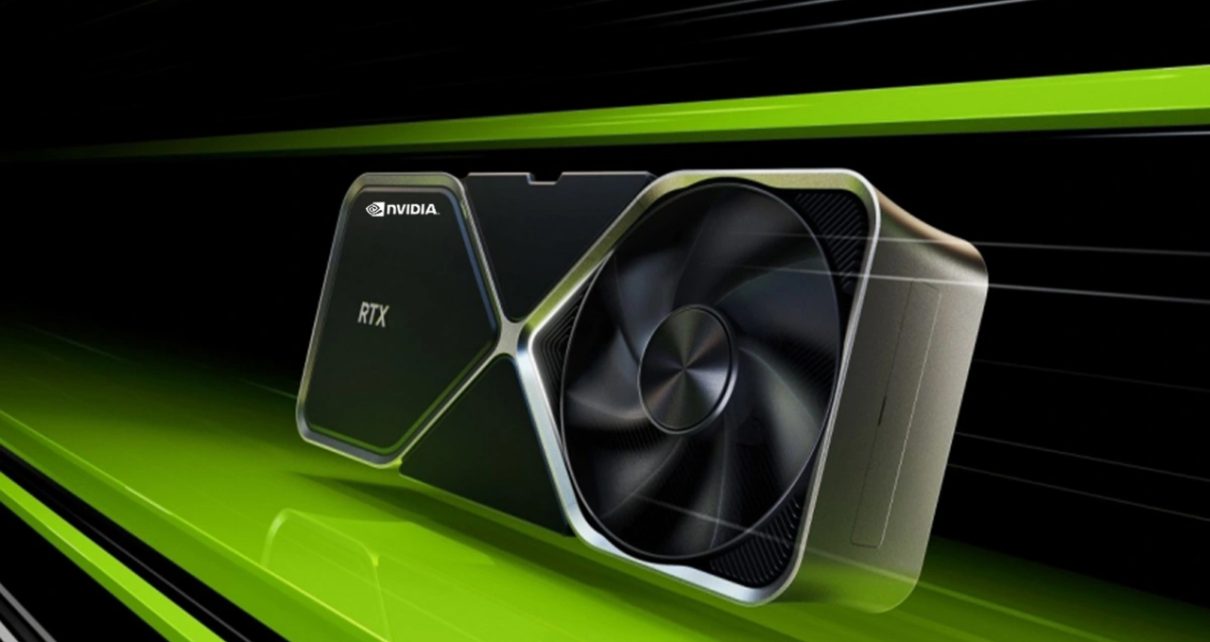Introduction to Nvidia’s affordable graphics cards
Nvidia has long been a name synonymous with high-performance graphics cards. Gamers and creators alike have eagerly awaited their latest offerings, especially when whispers of affordable options began to circulate. The excitement was palpable as many hoped these new cards would deliver solid performance without breaking the bank. But now that they’re here, the question on everyone’s mind is whether Nvidia’s affordable graphics cards live up to the hype or fall short of expectations. Let’s dive into what these budget-friendly options bring to the table and if they’re really worth your hard-earned cash.
The hype surrounding the release of these cards
When Nvidia announced its latest line of affordable graphics cards, excitement surged through the gaming community. Gamers eagerly anticipated a budget-friendly option that could deliver high performance without the astronomical price tag.
Social media buzzed with speculation about specs and potential benchmarks. Enthusiasts shared their hopes for improved gaming experiences on tight budgets. This anticipation was fueled by Nvidia’s stellar reputation in the graphics industry.
As launch day approached, leaks and teasers added to the frenzy. Fans envisioned these cards as game-changers, ready to elevate their setups without breaking the bank. The hype reached fever pitch when influencers began showcasing early gameplay footage.
Many believed this release would set a new standard for entry-level gaming hardware. Expectations soared as gamers counted down to what they hoped would be an accessible piece of technology revolutionizing their experience.
Specifications and pricing of the cards
Nvidia’s affordable graphics cards have generated considerable interest due to their appealing specifications. The entry-level models, such as the GTX 1650 and GTX 1660 Super, are designed for gamers on a budget without compromising too much on performance.
Pricing is also a crucial factor. These cards typically range from $150 to $300, making them accessible compared to high-end options. This pricing strategy aims to attract casual gamers who want decent performance without breaking the bank.
While these prices may sound enticing, potential buyers should carefully examine what they’re getting in return. Features like ray tracing support and VR readiness might not be fully realized at this price point. It’s essential for anyone considering one of Nvidia’s affordable graphics cards to assess how these specifications align with their gaming needs before making a decision.
Early reviews and feedback from users
Early reviews of Nvidia’s affordable graphics cards are pouring in, and the reactions are mixed. Some users appreciate the value for money, highlighting that these cards provide decent performance for casual gaming.
Others, however, express disappointment. Many report limitations during high-demand gaming sessions. Frame rates drop significantly on more demanding titles.
User feedback also points out issues with driver compatibility. A few gamers encountered glitches that disrupted their experience altogether. These hiccups leave some feeling frustrated.
On forums and social media, discussions revolve around expectations versus reality. While some praise the budget-friendly price point, others believe it comes at a cost to overall quality.
It’s clear that potential buyers should tread carefully. The buzz around these graphics cards is overshadowed by varied user experiences thus far.
Performance comparison with other graphics cards in the market
When comparing Nvidia’s affordable graphics cards to their competitors, the differences become apparent. Many budget options struggle to keep up with higher-end models from both AMD and Nvidia itself.
For instance, while these affordable cards offer decent performance for casual gaming, they often fall short in demanding titles. Gamers seeking smooth frame rates at high settings might be disappointed.
AMD’s entry-level offerings provide strong competition. They frequently deliver better value for money, particularly in terms of price-to-performance ratios. This makes them an attractive option for those on a tight budget.
Moreover, power consumption can also play a crucial role in overall performance. Some rivals have made strides in efficiency that give them an edge over Nvidia’s more cost-effective solutions.
Understanding individual needs is vital when selecting between options available today. Performance will vary greatly based on specific use cases and game requirements.
Potential issues and limitations of the affordable cards
Despite the excitement around Nvidia’s affordable graphics cards, several potential issues warrant attention.
Performance may not live up to users’ expectations. They often struggle with demanding games and high resolutions, which can lead to disappointing frame rates.
Moreover, thermal management poses a concern. Some of these budget cards are prone to overheating during extended gaming sessions. This could affect longevity and overall performance.
Limited VRAM is another drawback. Gamers looking to play more recent releases at optimal settings might find themselves at a disadvantage due to insufficient memory.
Software support is crucial for any GPU’s success. If Nvidia fails to provide consistent driver updates or optimizations for these lower-end models, it could hinder user experience significantly.
Alternatives for budget-conscious gamers
For gamers watching their wallets, there are solid alternatives to Nvidia’s affordable graphics cards. Brands like AMD offer competitive options that often deliver great performance at similar price points.
The Radeon RX 6000 series remains popular among budget-conscious consumers. These cards provide excellent frame rates for many modern games and support ray tracing technology as well.
Another option is the used market. Graphics cards from previous generations can be found at significant discounts. This route requires some caution but can lead to fantastic savings without sacrificing a quality gaming experience.
Consider integrated graphics solutions if you’re not aiming for high-end gaming experiences. Many newer CPUs come with adequate onboard graphics that handle casual gaming surprisingly well, making them perfect for light play or older titles.
Conclusion: Is it worth investing in Nvidia’s affordable graphics cards?
As the market buzzes with excitement over Nvidia’s affordable graphics cards, it’s essential to weigh the benefits against potential pitfalls. While these GPUs aim to cater to budget-conscious gamers, early reviews suggest that they may not entirely live up to expectations.
The specifications are appealing on paper. Yet, when you compare their performance with other options available in the market, some users report feeling underwhelmed. Limitations such as thermal throttling and subpar frame rates in demanding titles have raised concerns among enthusiasts.
Alternatives exist for those looking for value without sacrificing performance. Brands like AMD offer competitive models that might suit your gaming needs better if you’re wary of Nvidia’s latest offerings.
Deciding whether investing in Nvidia’s affordable graphics cards is worthwhile comes down to your specific requirements and preferences as a gamer. If you prioritize cutting-edge technology and brand loyalty over raw performance at lower price points, these cards could still serve you well. However, keep an eye out for user feedback and consider all available options before making a purchase decision.



